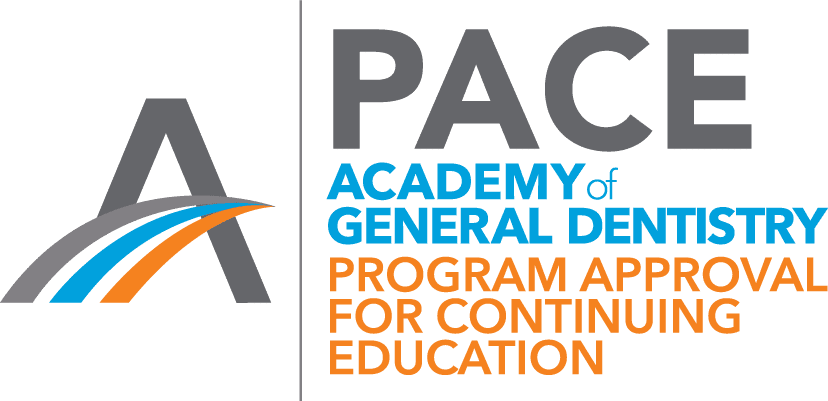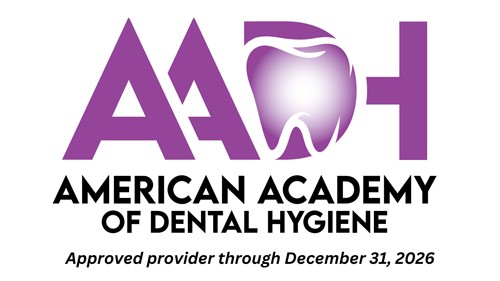Date & Time: Thursday, July 20, 2023, 10:00 AM – 12:00 PM
Speaker: An Chih Do – RDH, MEd, MAADH
Learning Objectives:
- Recognize the difference between dental fear and anxiety (DFA) and dental phobia.
- Discuss the factors that contribute to dental anxiety in pediatric patients. Identify signs and symptoms of dental anxiety.
- Apply behavior guidance techniques for positive dental visits with pediatric patients.
The World Health Organization recognizes Odontophobia, the fear of going to the dentist, as a disease that affects the population and can be detrimental to overall health. The three classes of Odontophobia range from mild to severe, integrating Dental Fear and Anxiety (DFA). Further studies indicate the development of DFA has an increased prevalence between seven and nine years old. DFA can affect anyone, but children are particularly susceptible. DFA can lead to severe repercussions to one’s oral health and is considered a significant barrier to receiving dental care. It can start with avoiding essential dental care, which leads to the deterioration of oral health. The neglect of oral care may lead to pain and the patient knowing extensive treatment is needed. Feelings of guilt, shame, fear, and anxiety arise, which continues the damaging cycle. Multiple factors may affect DFA, such as age, socioeconomic status, culture, siblings, clinical environment, dental procedures, parental/maternal anxiety, and dental visit experiences. This course will emphasize non-pharmacological behavior guidance techniques and appointment recommendations to help build positive pediatric patient visits to alleviate anxiety.






